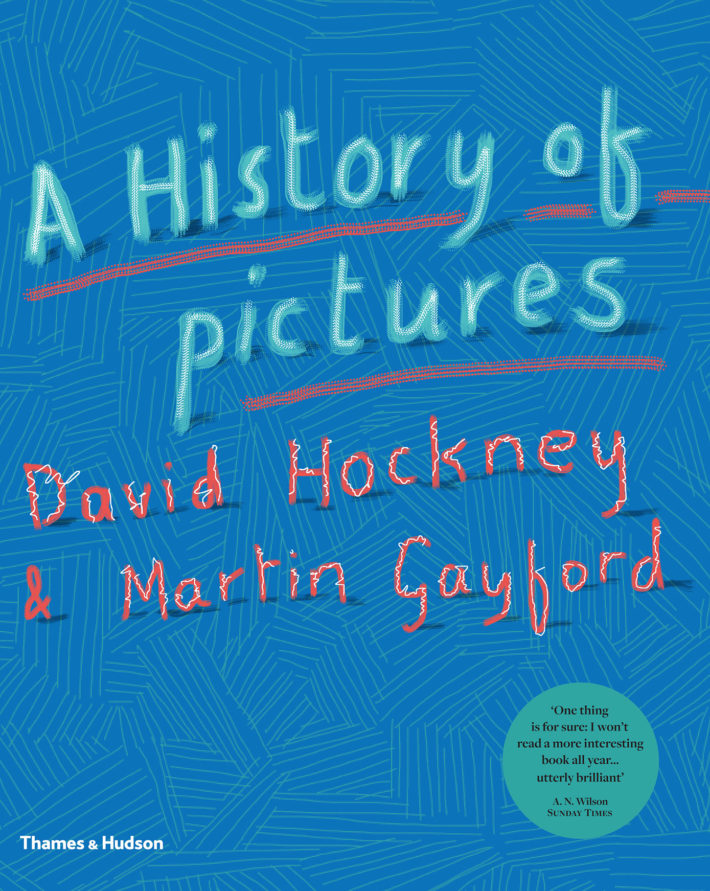19 April 2017
The year 2017 is an important one for David Hockney. Half a century after his iconic painting The Bigger Splash (1967), which revolutionized the relationship between pictorial time and space with a dive into a pool, the British artist is celebrating his eightieth birthday (he was born on July 9, 1937) with an extraordinary exhibition at the Tate Britain in London, which will later move to the Centre Pompidou in Paris and the Metropolitan Museum in New York. As prolific as he is unconventional, Hockney burst onto the art scene while still a student by challenging the canons of figuration: he reinvented Pop Art, embracing themes like homosexuality with which people were still uncomfortable in the sixties and taking an unprecedented approach to the Renaissance tradition of the perspective grid. The exhibition is organized chronologically and presents paintings, drawings, photographs and videos: media in which reality is flattened onto an abstract, vivid and stylized surface. Drawing on a visual repertoire made up of everyday objects, domestic settings, women and men, Hockney presents a picture of life in the two main Western powers—Britain and America—since the Second World War, between consumerism, frivolity, aspirations, capitalism and the media. A research that over the years has led him to venture into the field of writing too, producing books of a popular character like A History of Pictures, of which Einaudi has recently published an Italian translation. Compiled in collaboration with the art critic Martin Gayford, Hockney’s history is almost heretical, stretching as it does from the prehistoric drawings of the Lascaux Caves to the virtual icons of an iPad, crossing the traditional boundaries between high culture and low culture and finding unexpected connections between different periods, places and means of expression: the result is a kaleidoscopic representation of the world.
David Hockney
Curated by Chris Stephens and Andrew Wilson
Tate Britain, London
February 9-May 29, 2017
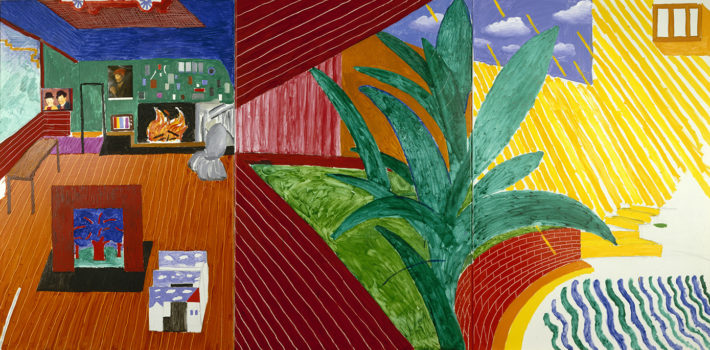
David Hockney, Hollywood Hills House, 1980. Collection Walker Art Center, Minneapolis. © David Hockney.
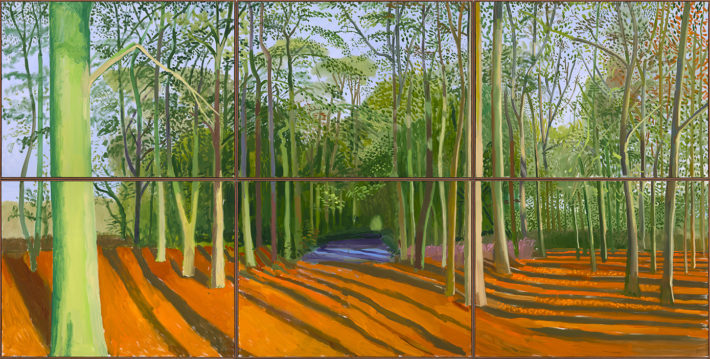
David Hockney, Woldgate Woods, 6 & 9 November 2006, 2006. David Hockney Inc. (Los Angeles, USA). © David Hockney. Foto: Richard Schmidt.

David Hockney, Mr and Mrs Clark and Percy, 1970-71. Presented by the Friends of the Tate Gallery, 1971. © David Hockney.
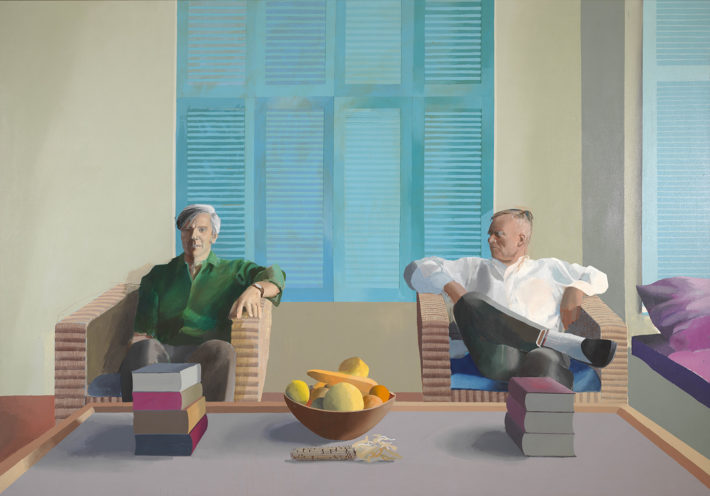
David Hockney, Christopher Isherwood and Don Bachardy, 1968. Private collection. © David Hockney.
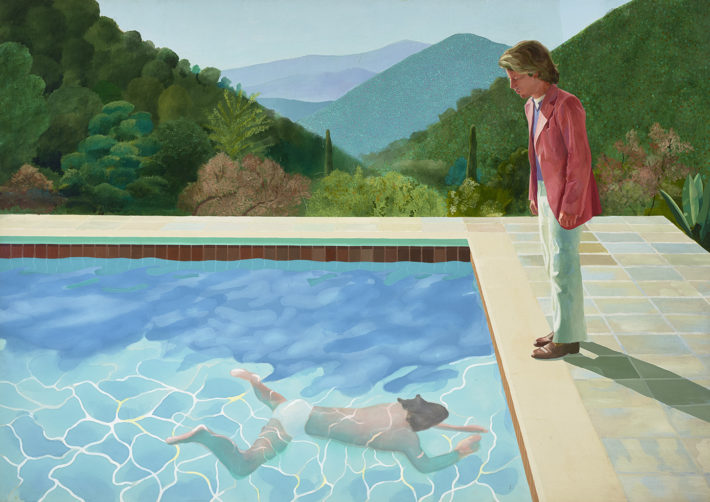
David Hockney, Portrait of an Artist (Pool with Two Figures), 1972. Lewis Collection. © David Hockney. Foto: Art Gallery of New South Wales / Jenni Carter.
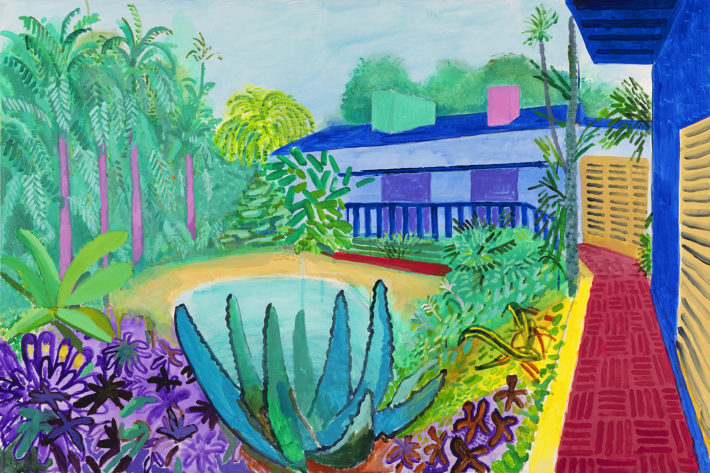
David Hockney, Garden, 2015. © David Hockney. Foto: Richard Schmidt.

David Hockney, Garden with Blue Terrace , 2015. Private collection. © David Hockney.
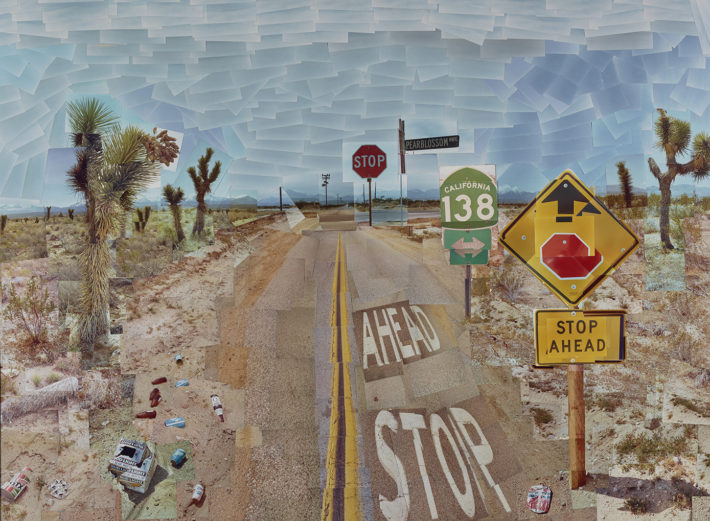
David Hockney, Pearblossom Hwy., 11-18th April 1986 #1, 1986. The J. Paul Getty Museum, Los Angeles . © David Hockney.

David Hockney, Model with Unfinished Self Portrait, 1977. Private collection c/o Eykyn Maclean. © David Hockney.
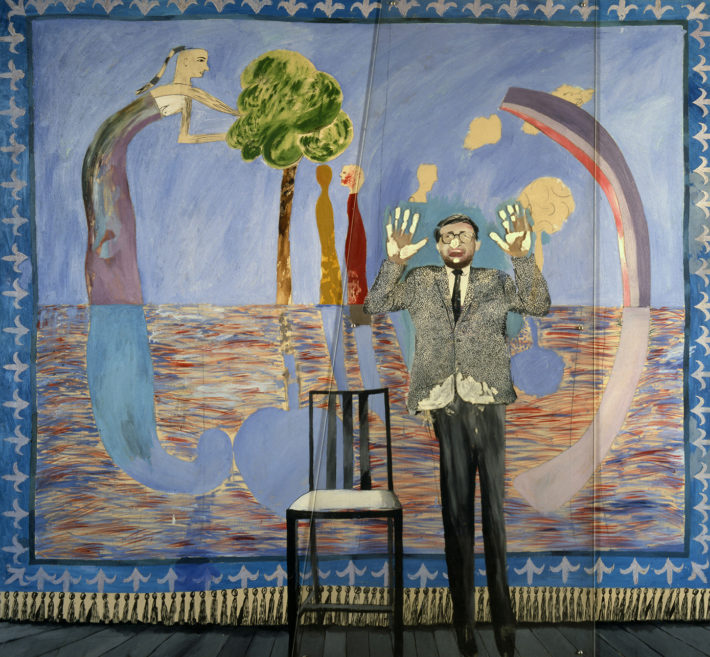
David Hockney, Play Within a Play, 1963. Private collection c/o Connery & Associates. © David Hockney.
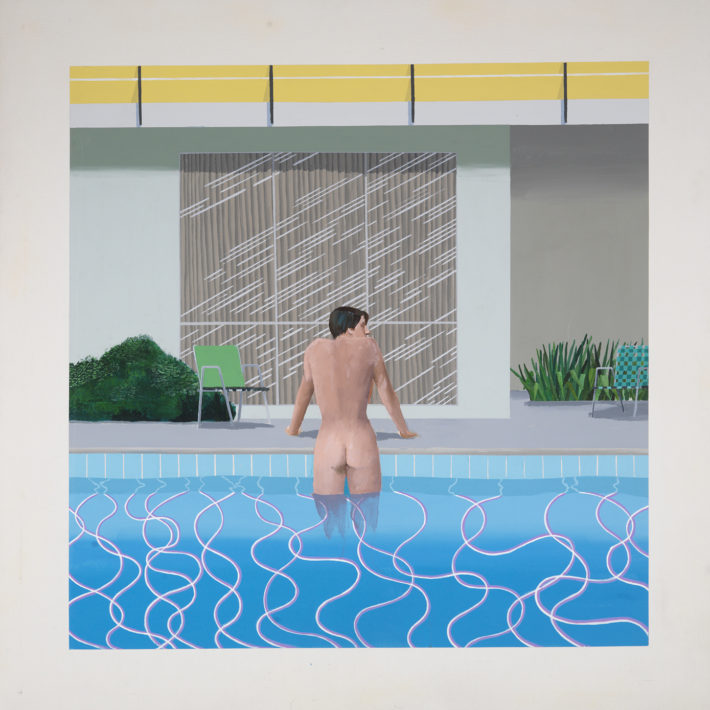
David Hockney, Peter Getting Out of Nick’s Pool, 1966. National Museums Liverpool, Walker Art Gallery. © David Hockney . Foto: Richard Schmidt.
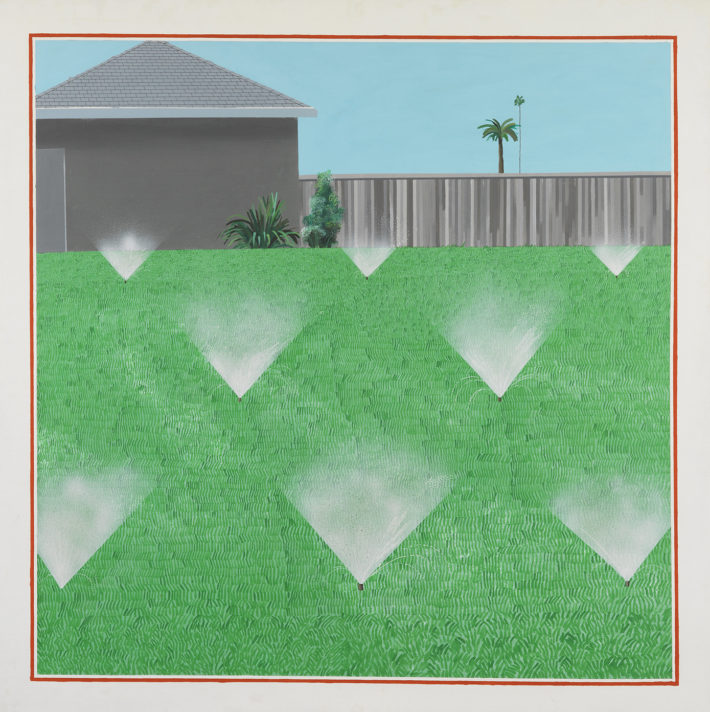
David Hockney, A Lawn Being Sprinkled, 1967. Lear Family Collection. © David Hockney. Foto: Richard Schmidt.
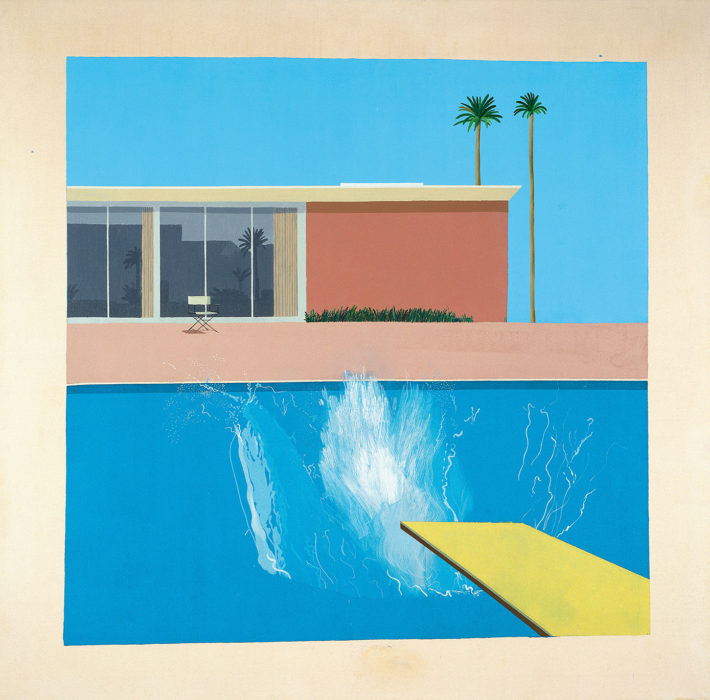
David Hockney, A Bigger Splash, 1967. Tate. Purchased 1981. © David Hockney.
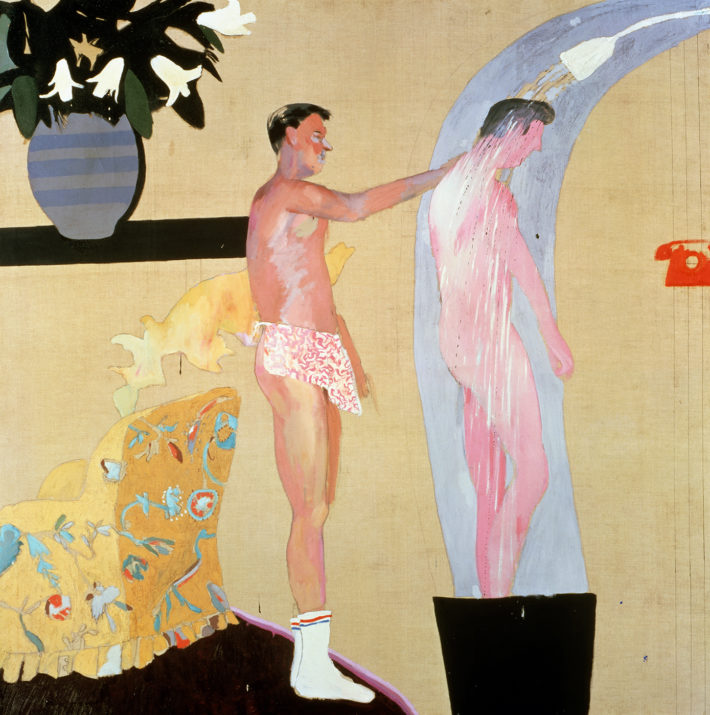
David Hockney, Domestic Scene, Los Angeles, 1963. Private collection . © David Hockney.
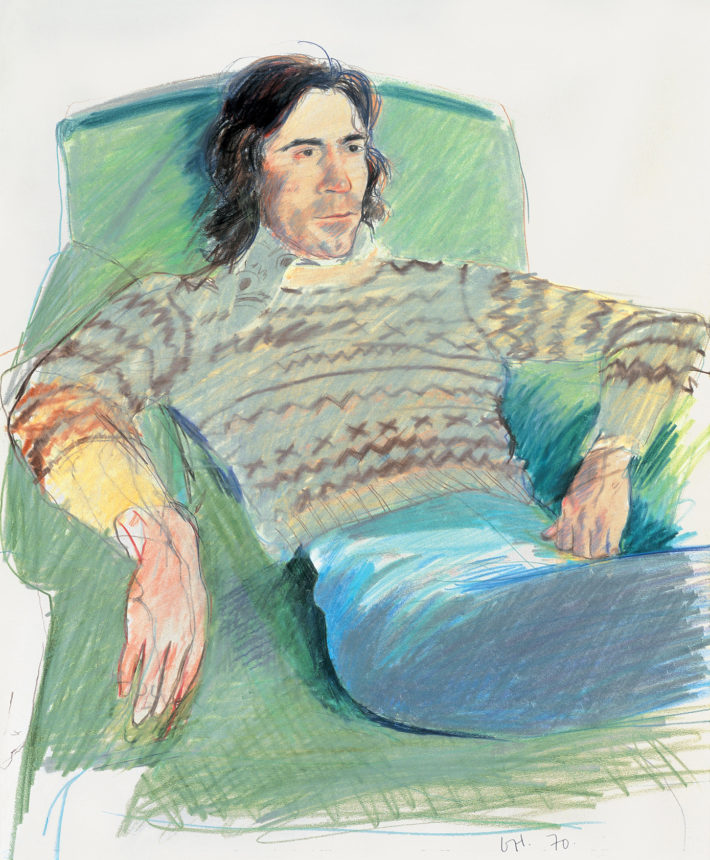
David Hockney, Ossie Wearing a Fairisle Sweater, 1970. Private collection, London. © David Hockney.
